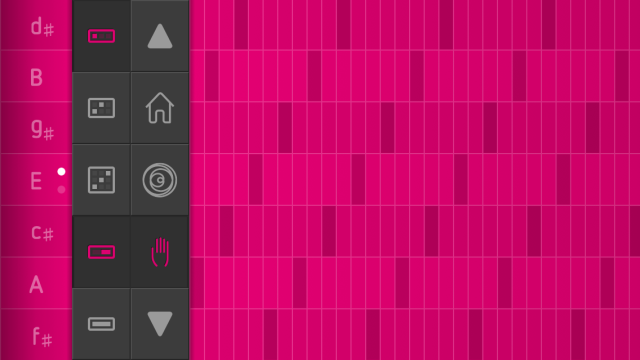
Willoughby, D. (2007). The World of Music (6th ed.). McGraw-Hill.
In The World of Music (6th Edition) (2007), the author, David Willoughby has developed a textbook that is a great tool for teachers to use as a music listening guide. I found Mr. Willoughby’s textbook to be well thought-out, diverse in examples, and easy for all types of people to understand.
He includes several different large genres of music with multiple sub-types:
- American Music
- Folk
- Religious
- Pop
- Jazz
- World Music
- Music of the Americas
- Music beyond the Americas
- Western Classical Music
- Music to 1600
- Baroque
- Classical
- Romantic
- 20th Century
- American Classical
This textbook would be a great tool for an Introduction to Music class at a university, or even for an advanced music appreciation class in a high school setting. The styles of music that Willoughby utilizes are multi-cultural and also appealing to all different kinds of people.
“Although many people have become sophisticated in their use of music by learning to play instruments and perhaps even read music notation, significant musical experiences can happen with or without formal training. Not everyone creates music or performs it, but we all listen to it.” (pg. 3)


















 I am an avid lover of list-making. I always have been, and I don’t see that ending any time soon. That is definitely a reason why this particular post is one of my favorites, but also because an organized life is a better life. Learning to use Excel for data organization is a vital skill to an educator, especially a music educator. Since we tend to have a much larger number of students, information can be difficult to always keep track of. Excel allows a teacher to easily organize and sort information however he/she would like, and it is a great skill for us to be learning in college. I’ve seen my high school band directors use Excel countless times for every list and student demographic files. It’s simple and fairly straightforward, and has more options than one would know what to do with. Here, I have my information on trombone students sorted by folder number, but I could easily sort by name or chair order, also. Let the list-lover out and make a spreadsheet, it’s a great addiction to have!
I am an avid lover of list-making. I always have been, and I don’t see that ending any time soon. That is definitely a reason why this particular post is one of my favorites, but also because an organized life is a better life. Learning to use Excel for data organization is a vital skill to an educator, especially a music educator. Since we tend to have a much larger number of students, information can be difficult to always keep track of. Excel allows a teacher to easily organize and sort information however he/she would like, and it is a great skill for us to be learning in college. I’ve seen my high school band directors use Excel countless times for every list and student demographic files. It’s simple and fairly straightforward, and has more options than one would know what to do with. Here, I have my information on trombone students sorted by folder number, but I could easily sort by name or chair order, also. Let the list-lover out and make a spreadsheet, it’s a great addiction to have!


